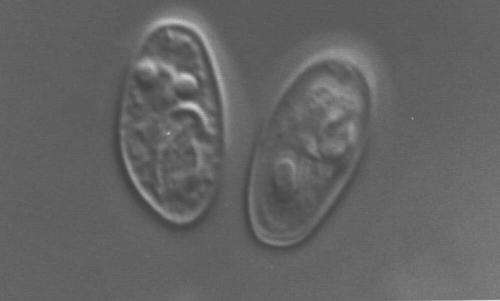High carriage rates of Giardia among children in a remote Indigenous community

Recent research in a remote Indigenous community in the Northern Territory has found high carriage rates of the intestinal parasite Giardia among children. Giardia duodenalis is an enteric parasite that causes gastrointestinal disease (giardiasis) including symptoms of diarrhoea and vomiting, but can lead to malnutrition and wasting among children who are constantly infected.
The study, published by PLOS ONE, was performed by Menzies School of Health Research and Macquarie University, and used DNA screenings to detect Giardia in samples collected from children under 15 years.
In Australia the overall prevalence of human giardias is estimated between 2-7%, but is much higher in remote Indigenous communities, particularly among children.
Researchers screened 87 samples collected in the community over an 18-month period. The study reports that over 60% of children under 10 years were positive, and that two different genetic types of Giardia (assemblages A and B), known to infect humans, were identified among children.
Macquarie University's Amy Asher says the findings have implications for disease management and improving the health of Indigenous children living in remote communities.
"Various gastrointestinal infections are common among Indigenous children living in remote communities and so far they have been difficult to control. The Giardia we detected in this study are most likely different species, that may differ in disease outcomes and routes of transmission."
Very few studies have examined the genetics of Giardia among remote Indigenous populations in Australia. Ms Asher says understanding how different types of Giardia are maintained and transmitted within the community will be essential for disease control.
"We also found that over 50% of cases in this study were only detectable by DNA screening, a technique more sensitive than standard tests used for diagnosis. We detected a high rate of carriage for Giardia, but the implications for health is unknown. The extent of symptoms and developmental impacts requires further investigation."
Substantial efforts are placed into the health of Indigenous adults but health issues at early stages of development may influence diseases developing later in life. Persistent childhood infections leading to poor growth and development have been linked to poor health in adulthood.
More information: Asher, A.J., Holt, D.C., Andrews, R.M., Power, M.L. (2014).. PloS One. DOI: 10.1371/journal.pone.0112058


















